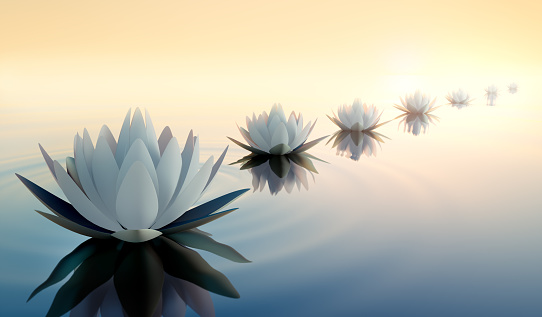Assuming mankind truly believed in cause and effect, there would be no killing, lying, and stealing; no contamination of oil, meat, milk powder, and other food products; no violence and war. People would interact with complete sincerity.
Therefore, the Buddhist teachings on cause and effect are of immeasurable benefit to modern society.
~Depicted from ARE YOU READY FOR HAPPINESS - Spiritual Equipment for Modern Times











